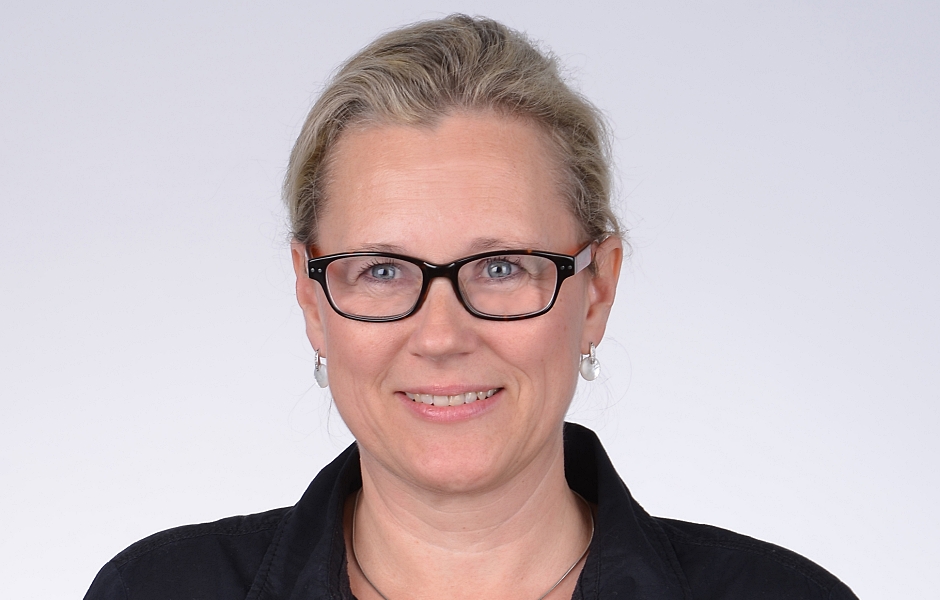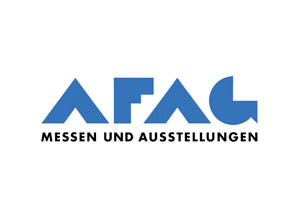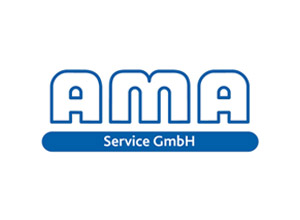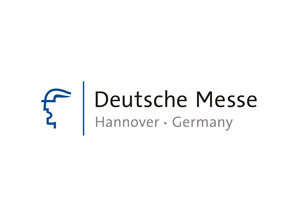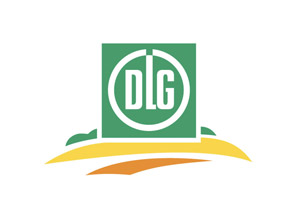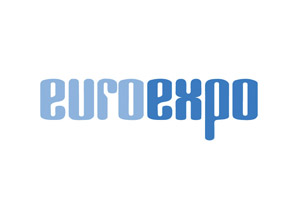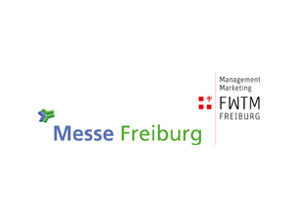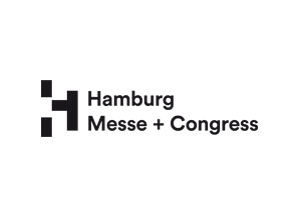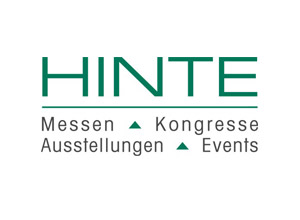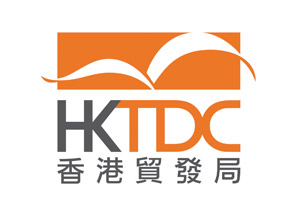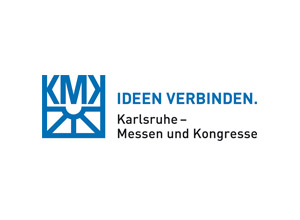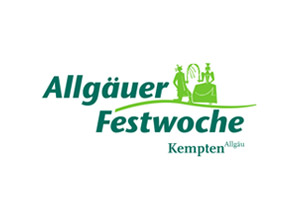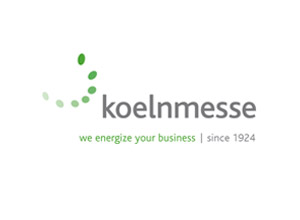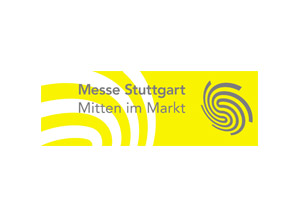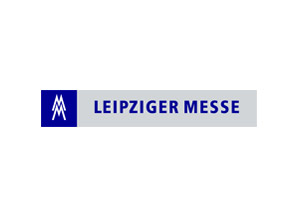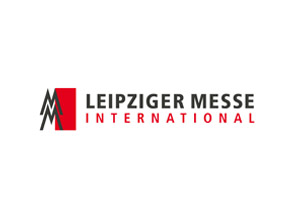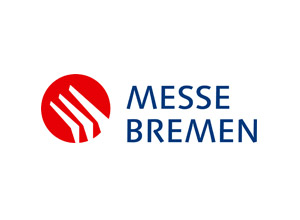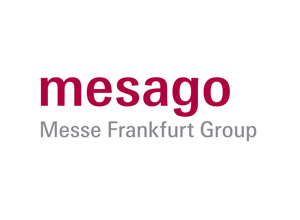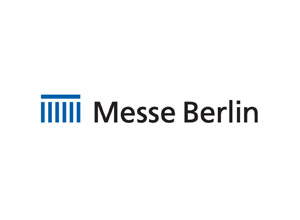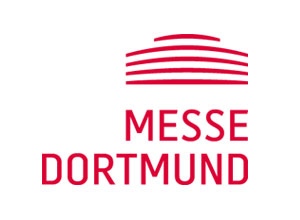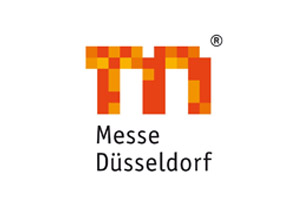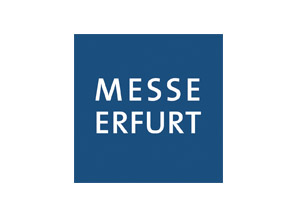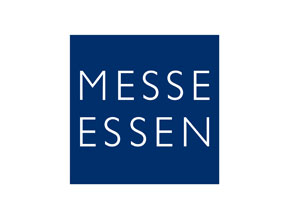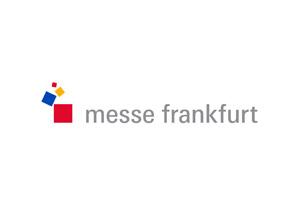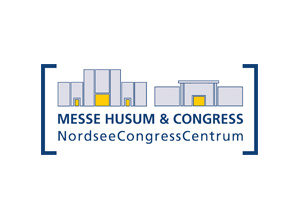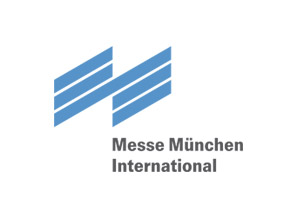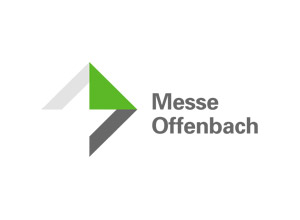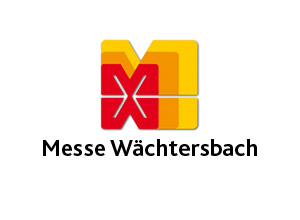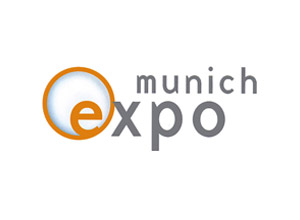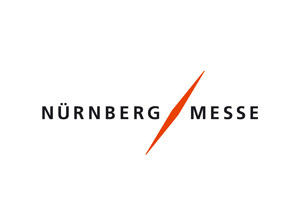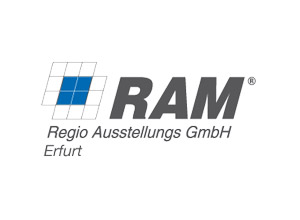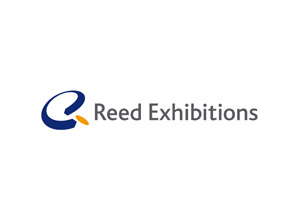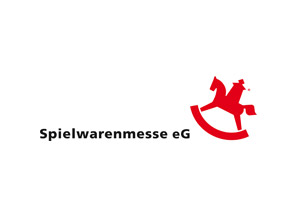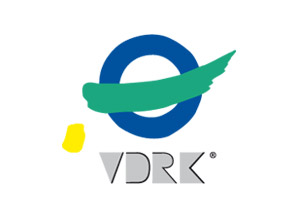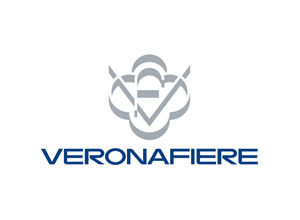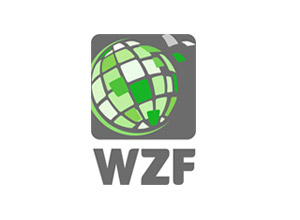Using exhibition data
Certified, detailed, structured
The key figures for successful exhibition marketing
The FKM exhibition database contains the statistics for every certified event in Germany and of guest members in Italy and China. It contains detailed information which you need for successful exhibition marketing – structured and right up to date. We have provided this information to industry free of charge for more than 50 years; it is successfully used by many exhibiting companies and visitors for the purposes of their exhibition planning.
What can you expect when you search the FKM exhibition database? For each exhibition, a structured dataset with all relevant exhibition statistics subdivided into four areas.
Special shows can often be found at public exhibitions, but also at trade visitor events. In doing so, organisers create – often in collaboration with trade associations – an additional space for providing information or attractions for the visitors, for example in relation to events, design exhibitions, research results, presentations of handicrafts or training information.
The gross exhibition space encompasses the entirety of the space used for the exhibition. It comprises the exhibitor stand space and spaces for special shows, walkways and foyers, but not restaurants and offices. The net exhibition space comprises exhibitor stand space and special show spaces and makes up 50-60% of the gross exhibition space.
The number and proportion of foreign exhibitors are important indicators of how international an exhibition is. Worldwide, German exhibitions have the largest proportions of foreign exhibitors with their own stands and own staff, or with staff from their own sales offices.
The number of countries from which foreign exhibitors come is a further key indicator of how international an exhibition is. A high number of exhibiting countries shows that the organiser has successfully won custom in Europe and further afield.
The number of people entering is determined by electronic entry systems, from the results of a visitor registration system or from manually counting entry tickets actually used. If one and the same entry ticket has been sold for exhibitions that are running in parallel, visitor numbers can also be determined by means of a representative survey of the visitors at the exit.
For both groups of visitors, you will in each case receive specific information about what proportion of the total number of visitors they make up and about where they come from. This latter figure is broken down by distance from the location of the exhibition, by continents, countries and German Federal States. In addition, you can find information about the professional status of the trade visitors and the frequency with which they visit this exhibition.
The FKM trade visitor structure informs you for example how the visitors are distributed among the various economic sectors. Further characteristics are the size of their business, the areas of responsibility and professional status of the trade visitors, and an assessment of their purchasing/procurement powers the duration of their stay.
The FKM private visitor structure contains information about age structure, gender and household size, as well as details about purchasing and ordering activity.
Hints & tips
An exhibition visitor who attends an exhibition for private reasons is described as a private visitor. But where do they come from? What are their intentions? How can private visitors’ exhibition visits be made use of in post-exhibition business?
The Federal States are also pooled into “Nielsen areas”, so that you can compare the regional distribution of the exhibition visitors with those of other marketing instruments.







